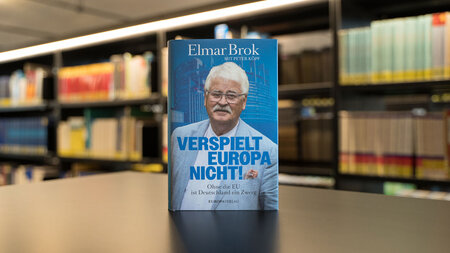[ Web-Archive ]
 These investigations include binary alloys of Fe-Pt and Co-Pt with strong perpendicular magnetic anisotropy that are grown on the van der Waals surface of WSe2(0001) single crystals. These surfaces provide high surface mobility for deposited adatoms, thus, chemically ordered nuclei can be formed even at room temperature. Growth, structure, and magnetic properties are studied as function of composition, deposition temperature, and film thickness.
These investigations include binary alloys of Fe-Pt and Co-Pt with strong perpendicular magnetic anisotropy that are grown on the van der Waals surface of WSe2(0001) single crystals. These surfaces provide high surface mobility for deposited adatoms, thus, chemically ordered nuclei can be formed even at room temperature. Growth, structure, and magnetic properties are studied as function of composition, deposition temperature, and film thickness.
 Crystallinity is not a pre-requisite for ferromagnetism - amorphous metals
like FeZr, FeTb and YCo can show a variety of magnetic properties. The most
striking differences to crystalline ferromagnets are the absence of grain
boundaries and the inherent frustration terms. The former becomes of great
importance for devices and nanostructures, when the lenghtscale are
comparable to typical grain sizes, whilst the latter yields rich magnetic
phase diagrams, including ferromagnetic and spin glass phases, even reentrant
behavior.
Crystallinity is not a pre-requisite for ferromagnetism - amorphous metals
like FeZr, FeTb and YCo can show a variety of magnetic properties. The most
striking differences to crystalline ferromagnets are the absence of grain
boundaries and the inherent frustration terms. The former becomes of great
importance for devices and nanostructures, when the lenghtscale are
comparable to typical grain sizes, whilst the latter yields rich magnetic
phase diagrams, including ferromagnetic and spin glass phases, even reentrant
behavior.
 A highly innovative approach to form large area nanostructure arrays is the deposition of material onto self-assembled nanoparticle monolayers. Deposition of Co/Pt multilayers in particular leads to exchange isolated, quasi single-domain nanocap structures with a locally varying anisotropy orientation pointing perpendicular to the particle surface. Such anisotropy distribution has a pronounced impact on the magnetization reversal mechanism. This study is supported by micromagnetic simulations to get a better understanding of the underlying spin dynamics and domain configurations during reversal.
A highly innovative approach to form large area nanostructure arrays is the deposition of material onto self-assembled nanoparticle monolayers. Deposition of Co/Pt multilayers in particular leads to exchange isolated, quasi single-domain nanocap structures with a locally varying anisotropy orientation pointing perpendicular to the particle surface. Such anisotropy distribution has a pronounced impact on the magnetization reversal mechanism. This study is supported by micromagnetic simulations to get a better understanding of the underlying spin dynamics and domain configurations during reversal.
 In cooperation with Hitachi GST (San Jose, USA) a Scanning Magneto-Resistive Microscope (SMRM) was set up. This device is used to study the recording performance of magnetic storage material including nanostructure arrays (patterned media) by write-read tests, employing state-of-the-art recording heads.
In cooperation with Hitachi GST (San Jose, USA) a Scanning Magneto-Resistive Microscope (SMRM) was set up. This device is used to study the recording performance of magnetic storage material including nanostructure arrays (patterned media) by write-read tests, employing state-of-the-art recording heads.
 Good thermoelectric materials are characterized by a large Seebeck coefficient, high electrical conductivity and low thermal conductivity. A high electrical conductivity is necessary to minimise Joule heating, whilst a low thermal conductivity helps to retain heat at the junctions and maintain a large temperature gradient. These three properties are embodied in the so-called figure-of-merit.
Good thermoelectric materials are characterized by a large Seebeck coefficient, high electrical conductivity and low thermal conductivity. A high electrical conductivity is necessary to minimise Joule heating, whilst a low thermal conductivity helps to retain heat at the junctions and maintain a large temperature gradient. These three properties are embodied in the so-called figure-of-merit.Theoretical predictions have shown a significant higher efficiency for low-dimensional thermoelectric materials, such as quantum dots or nanowires compared to bulk materials. In this respect we are investigating Co-Sb alloys which provide high Seebeck coefficients. These films are prepared by molecular beam epitaxy and their growth and structure is investigated in-situ by various techniques (RHEED, LEED and AES) as function of composition, deposition temperature, and film thickness.





